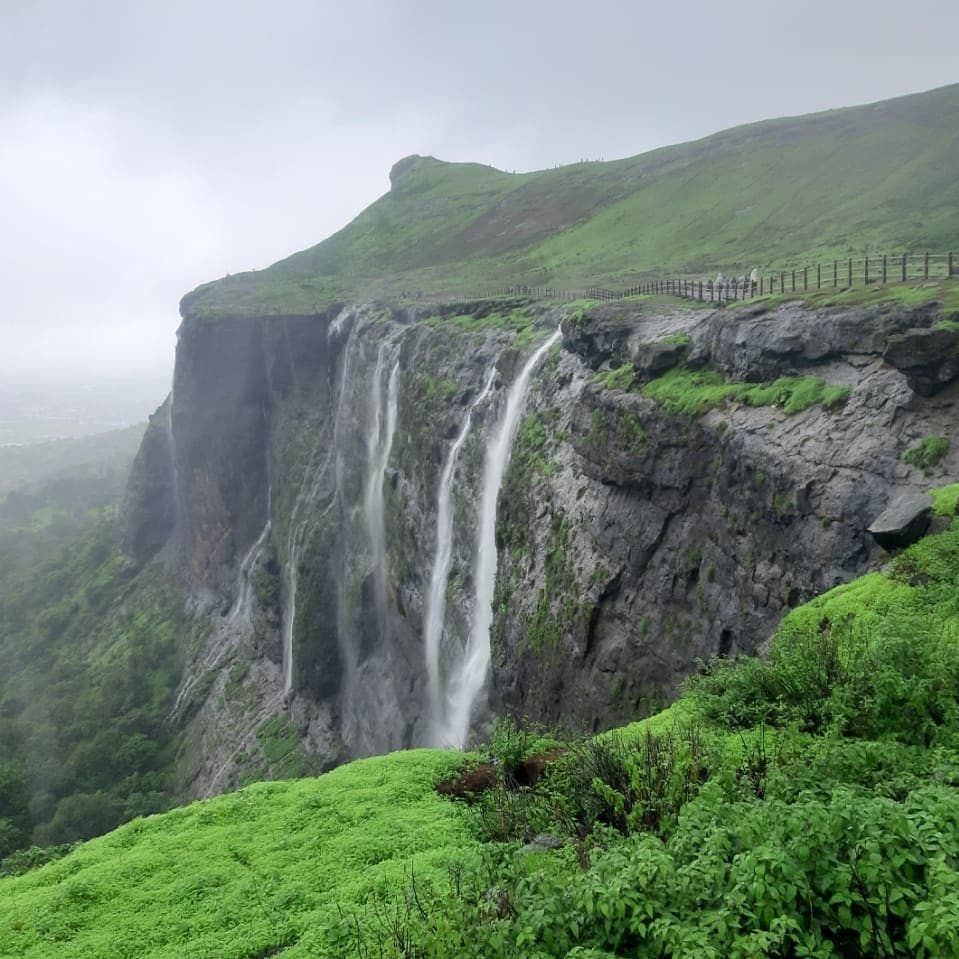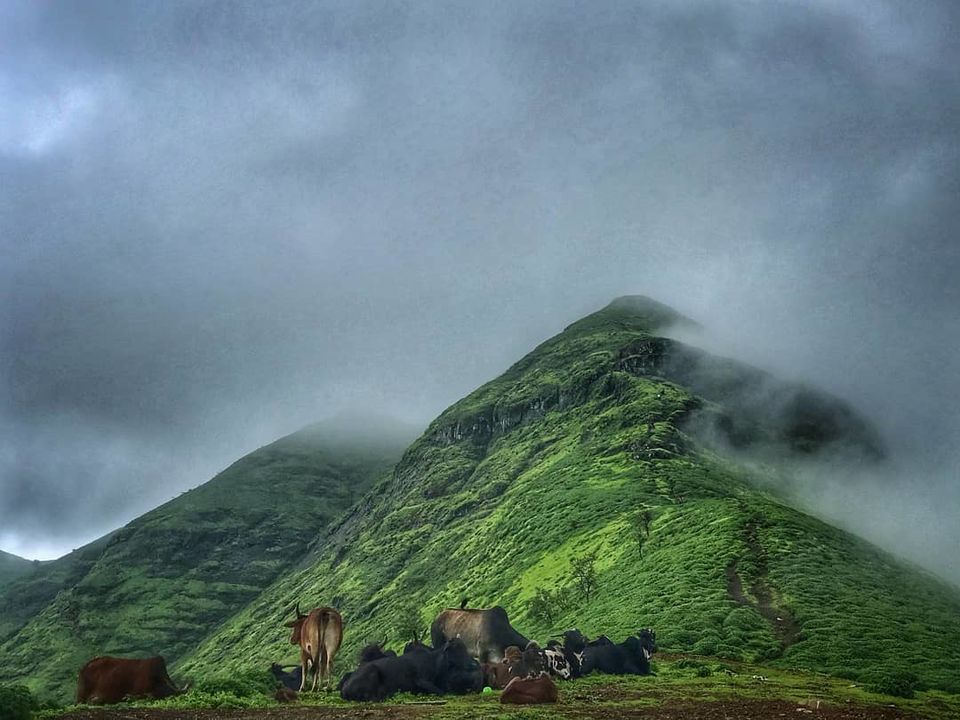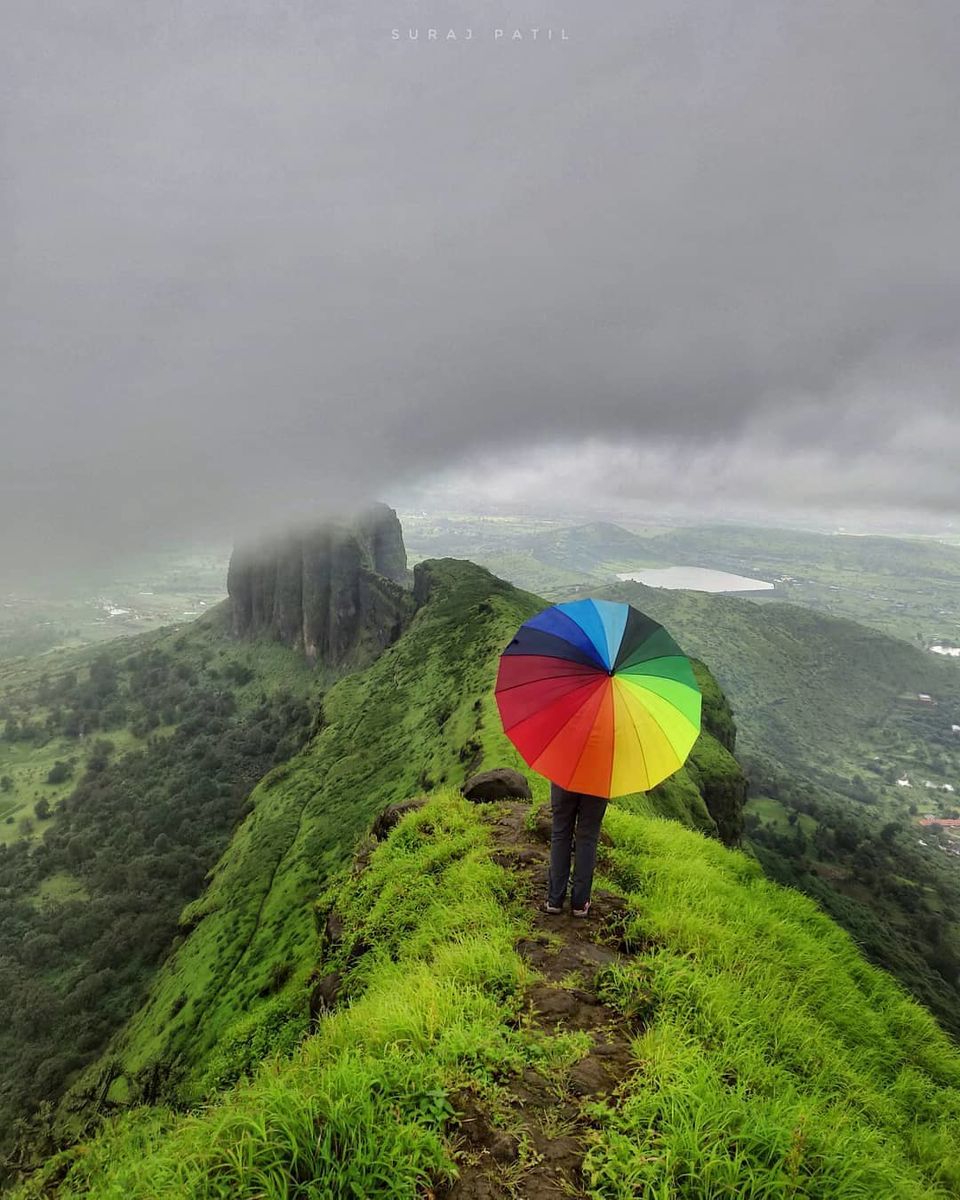The state of Maharashtra offers many treks to adventure lovers. Come monsoon and outdoor lovers gear up to explore the green trails of the Sahyadris. One such lovely but relatively unknown trek is to Brahmagiri hills, the origin of the largest river in peninsular India, Godavari.
About Brahmagiri

Brahmagiri is one of the tallest peaks of the Western Ghats with an altitude of 1298 metres above sea level. Situated in Nashik district, the hill also commands religious significance. Brahmagiri refers to the hill of lord Brahma, and is known as the abode of Lord Shiva. Since river Godavari is also known as Dakshin Ganga, the mythology around her origin at Brahmagiri, is very similar to the origin of Ganga at Gaumukh. It is said that Brahmagiri happened to be the home of Rishi Gautam and Ahilya, and it was because of his worship that (Dakshin) Ganga came down to flow on earth.

The Trek
There are two ways of starting the trek. You can either take the flight of stairs from Trimbakeshwar State highway which have 750 steps or take your vehicle/ public transport that would drop you closer to the top from where you just have to climb 200 steps. There are palanquins available here for elderly pilgrims visiting the hill for religious reasons. The trek is pretty steep, and it might challenge you if you are not a regular trekker.
Once you climb these 200 steps, your eyes will meet the beautiful views of the Western Ghats. You can visit the Kund (spring) from where Godavari originates. Godavari flows for a small distance here and then goes underground to reappear again at Gangadwar. There are 108 Shiva Lingams on narrow stretches on the hill along with caves of Rishi Gautam and Rishi Gorakh. There are many more caves and Lingams on different stretches of the hill but these can be approached by climbing down to the highway and taking the stairs to the other parts of the hill which can comprise of up to 1500 steps.
Though Brahmagiri might sound like a heavily religious place but it is as popular among fitness enthusiasts, nature lovers and adrenaline junkies.

When to visit
Monsoon (late June-early September) is the best time to visit Brahmagiri. During this time the entire landscape becomes verdant and there are many waterfalls on the route. There are strong winds on hill tops and some of these waterfalls turn upside down with the winds carrying the water droplets up in the air.
How to Visit
By Air: The nearest airport is at Nashik (50 kms). From here you can easily find a cab to Trimbak from where the trek begins.
By Rail: The nearest major rail-head is at Nashik(40 kms). Regular MSRTC buses run between the railway station and pilgrim centre at Trimbak.
By Road: If you are driving from Mumbai (180 kms), take NH 160 to Igatpuri. Take the diversion to Trimbak from Ghoti Budruk that goes through Vaitarna reservoir. If driving from Pune (250 kms) take NH 60 to Nashik, and then drive to Trimbak.
Places to see around
There are many other interesting places to see around Brahmagiri:
1. Harihar Fort – One of the most scary treks worldwide, Harihar is a 900 year old fort atop the Western Ghats. Read more about it.

2. Kojoli Waterfalls – A gentle stream that flows close to Trimbak, is a great place to chill by.
3. Nature Point, Trimbakeshwar – A place that offers great views that may prompt you to take some nice photographs.
Where to stay
There are many budget stays near Trimbakeshwar. Below are some mid-range stays that offer good hospitality

